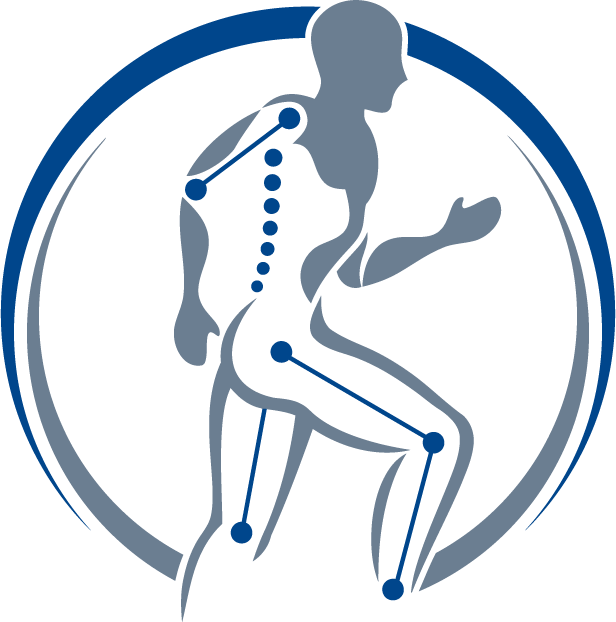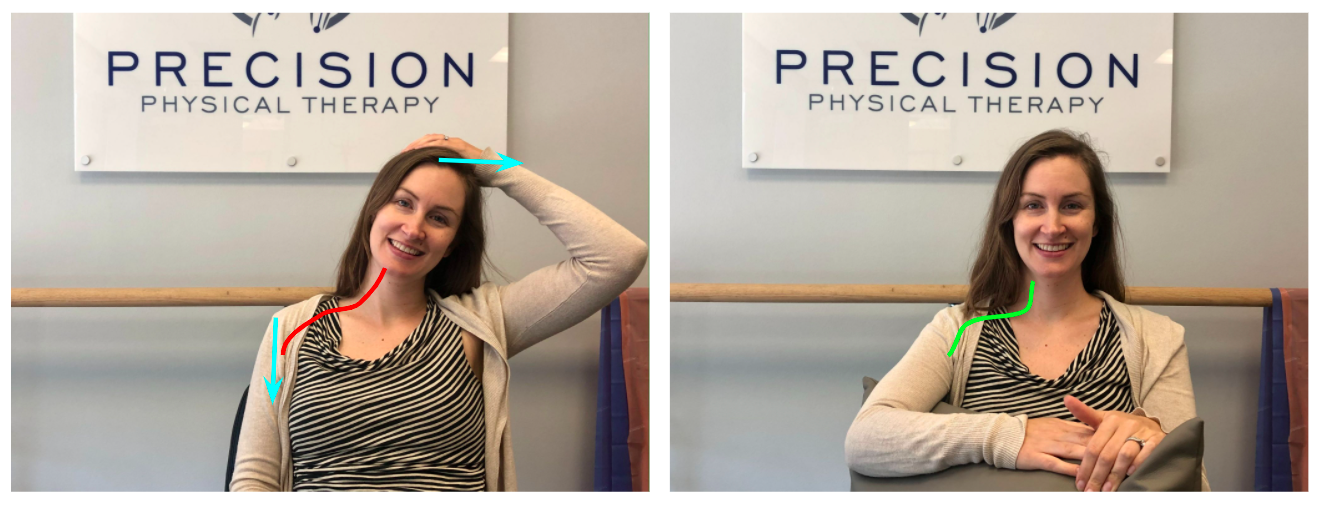To stretch or not to stretch?: Muscle vs. Nerve pain, identifying the difference
When various aches and pains arise it can be hard to know when to move away from google and seek professional advice. One of the common strategies we find patients use to self-treat their pain is to stretch the area that is painful. It is easy to find advice online with “5 best neck stretches” or “how to treat your hip pain at home”. As with all general advice, sometimes this is helpful and other times frustrating. Whether or not it’s helpful often depends on the cause of the pain. A common mistake is stretching pain that is coming from the nerve and not the muscle.
In general, aches and pain can arise from the joint, the muscles, tendons/ ligaments and the nerves. While stretching is often situation dependent, if the pain comes from the nerves, stretching the area of pain may actually make it worse. Being able to identify the difference between muscle pain and nerve pain can be challenging because oftentimes the nerve pain is experienced in an area that includes muscles.
When the muscle is sore or painful, gentle massage will either make it feel better or will be tender to the touch. If you massage an area of referred nerve pain, it will make no difference and typically is not tender. Nerve pain can feel like deep aching, burning, shooting, pulsing, numb or tingling. As it worsens it can cross multiple different joints, for example, starting at the neck and moving into the forearm or hand. It is often difficult to point to the exact location of pain. When it extends this far it becomes more clear that it is nerve pain since no single muscle spans this entire distance.
Once the nerves are irritated, it takes much longer to calm them down then it does for other tissues. Often the pain is delayed hours after the activity that irritated it, and the cause of pain feels elusive. The nerves become more easily irritated by three things: 1) compression, 2) traction, 3) vibration.
When joints are not moving optimally the nerves that surround them can be compressed between two joint structures (for example where the nerves exit the spine). If a nerve is compressed in one area and then tractioned (stretched), it becomes irritated and subsequently painful. If we keep stretching in an attempt to ‘make the pain go away’, or use a vibrating muscle massager, it can get worse and worse. Then we might change strategies, and try to ‘roll it out’ with a stick or foam roller, that further compresses the nerves and compounds the problem.
Generally the best strategy to calm down angry nerves is to take the tension off. This is the opposite of stretching. Notice in the picture in one photo the nerves are being stretched with a commonly recommended neck stretch, in the next picture the nerves are placed on slack as the arm is passively supported by a pillow. When the nerves are really angry, placing the nerve on slack and relaxing the muscles is usually the best course of action. Once the nerve has calmed down sufficiently, then a program of targeted stretching and strengthening can be prescribed to address the areas causing the problem (such as the site of compression), without further irritating and stretching the injured nerve.
In summary, if you think you have nerve pain, first avoid stretching it.. If you’re not sure, the best course of action or having a persistent pain, let us know, we can help!
To your movement health,
Ann & Jesse
This blog is not intended as medical or professional advice. The information provided is for educational purposes only and is not intended to serve as medical or physical therapy advice to any individual. Any exercise has potential to cause injury or pain if it is incorrectly done or is not the right exercise for an individual’s medical or physical problems. You should consult with a physical therapist or medical provider for individualized advice.

